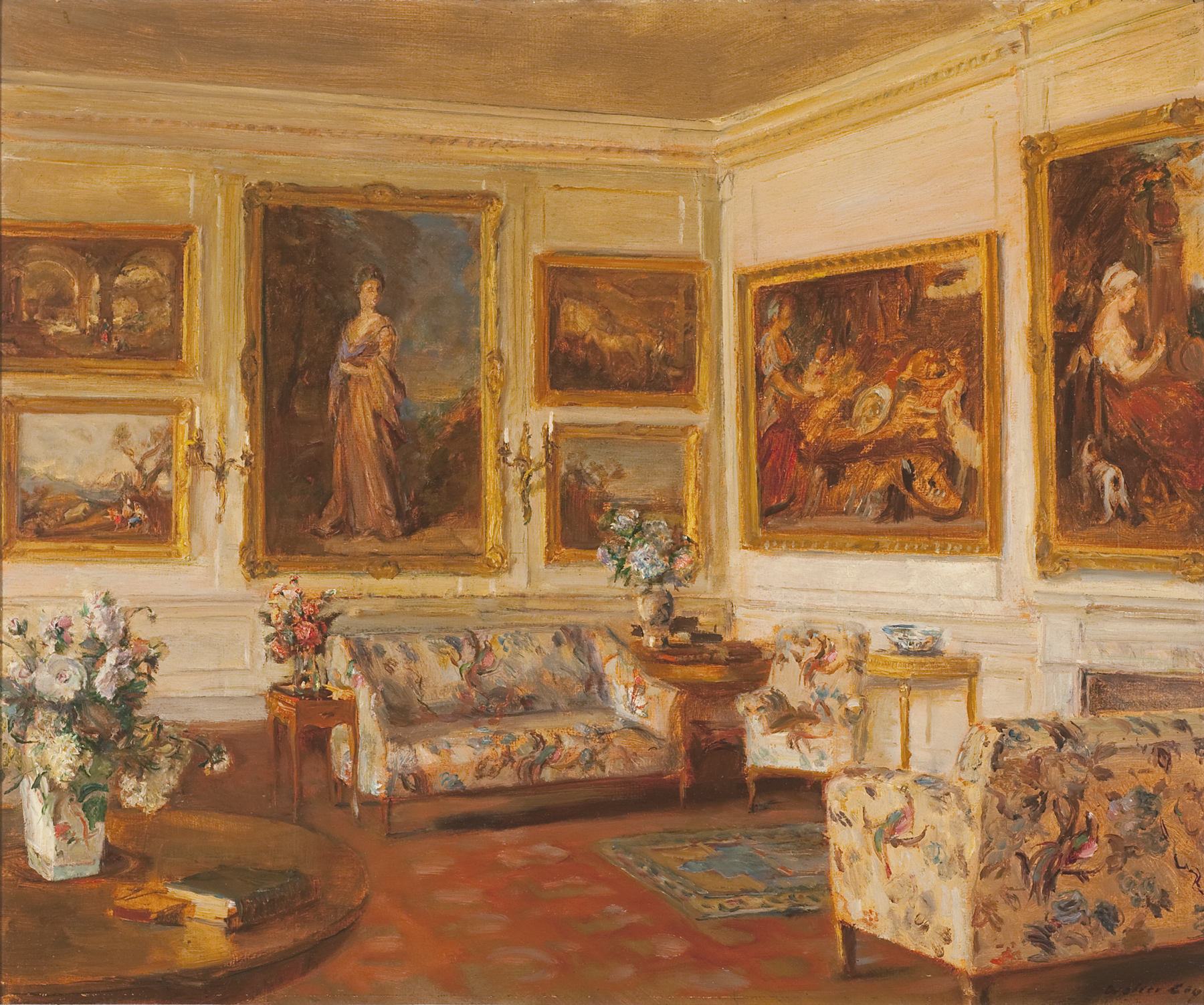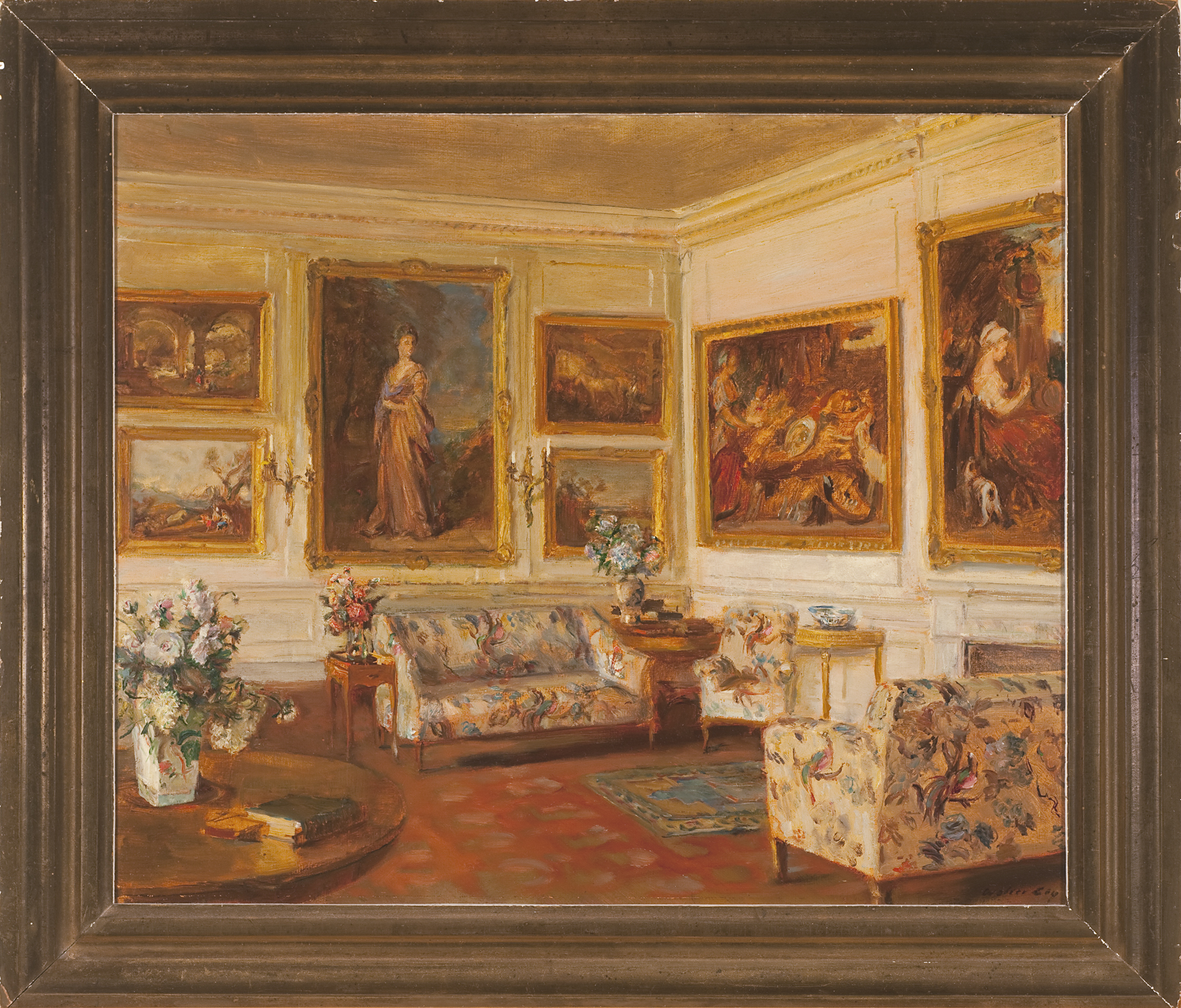Ranston House, Dorset, Walter Gay
Artwork Overview
Walter Gay, artist
1856–1937
Ranston House, Dorset,
1884
Where object was made: United States
Material/technique: oil; panel
Dimensions:
Canvas/Support (Height x Width x Depth): 46.1 x 55 cm
Canvas/Support (Height x Width x Depth): 18 1/8 x 21 5/8 in
Frame Dimensions (Height x Width x Depth): 20 1/2 x 24 x 1 3/4 in
Canvas/Support (Height x Width x Depth): 46.1 x 55 cm
Canvas/Support (Height x Width x Depth): 18 1/8 x 21 5/8 in
Frame Dimensions (Height x Width x Depth): 20 1/2 x 24 x 1 3/4 in
Credit line: Museum purchase
Accession number: 1952.0006
Not on display
If you wish to reproduce this image, please submit an image request







